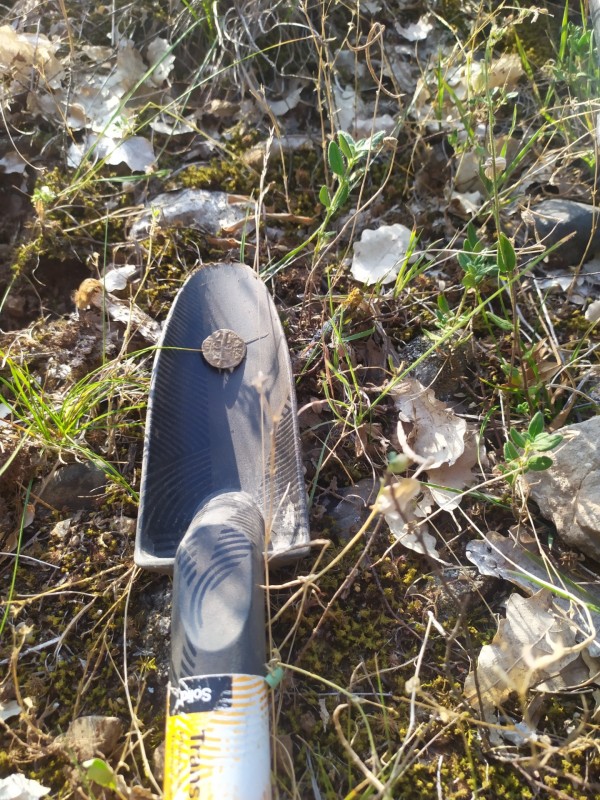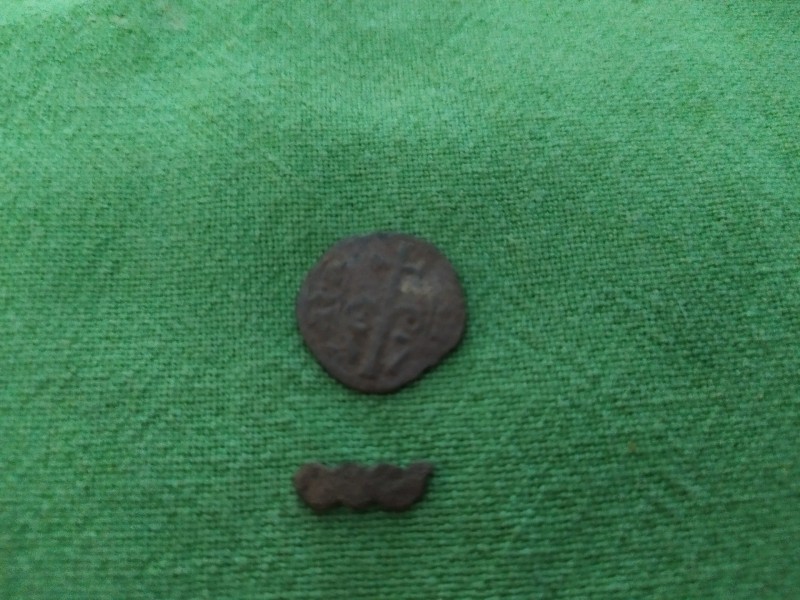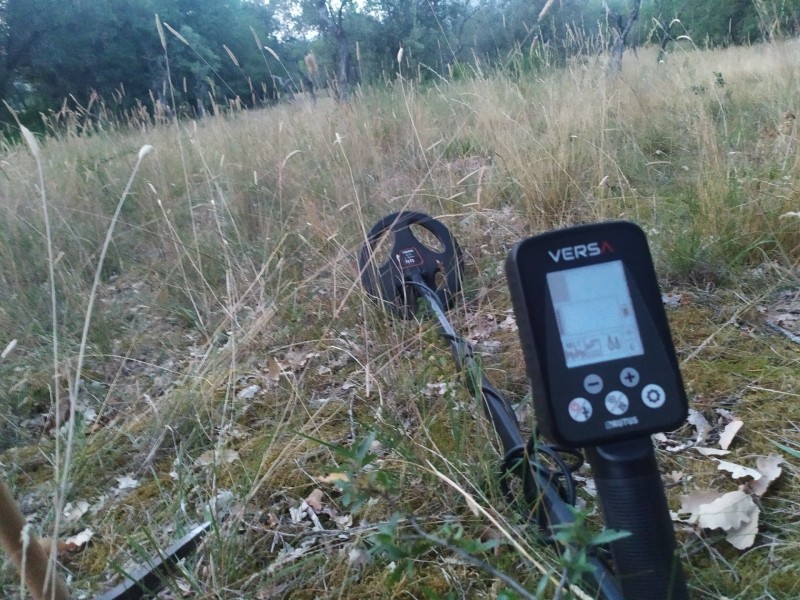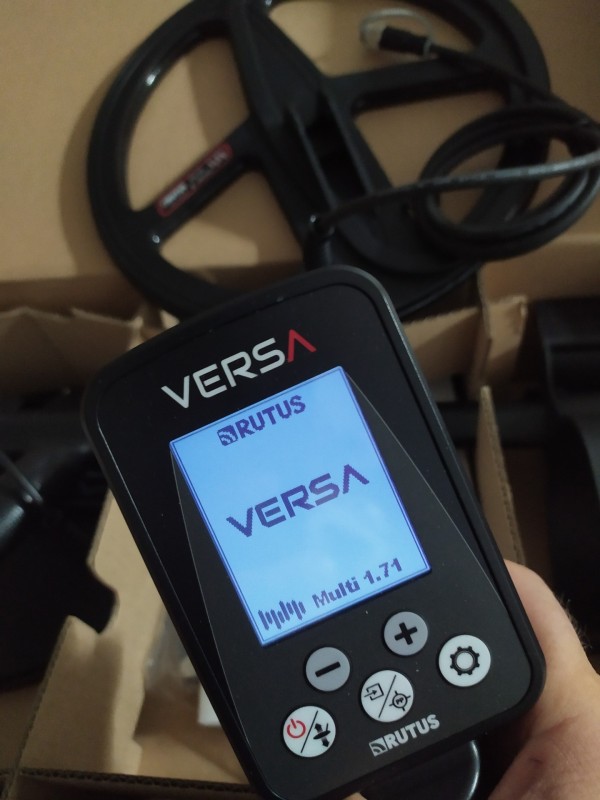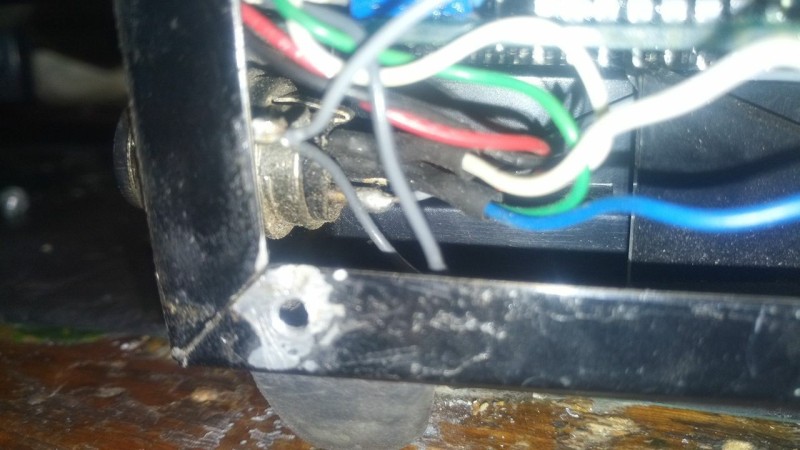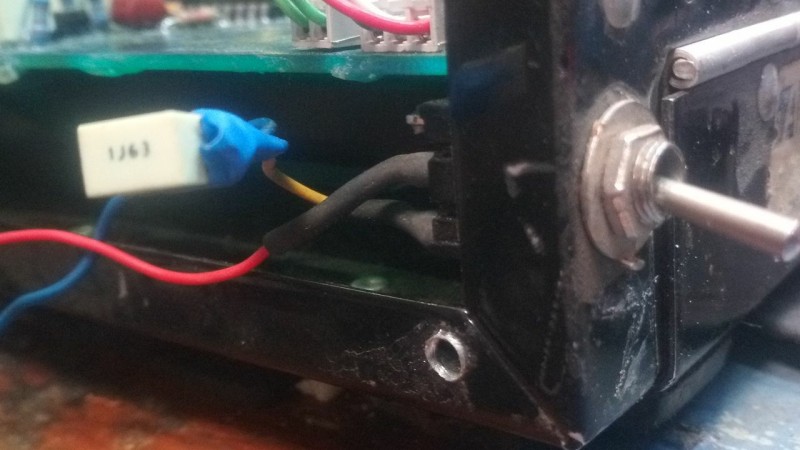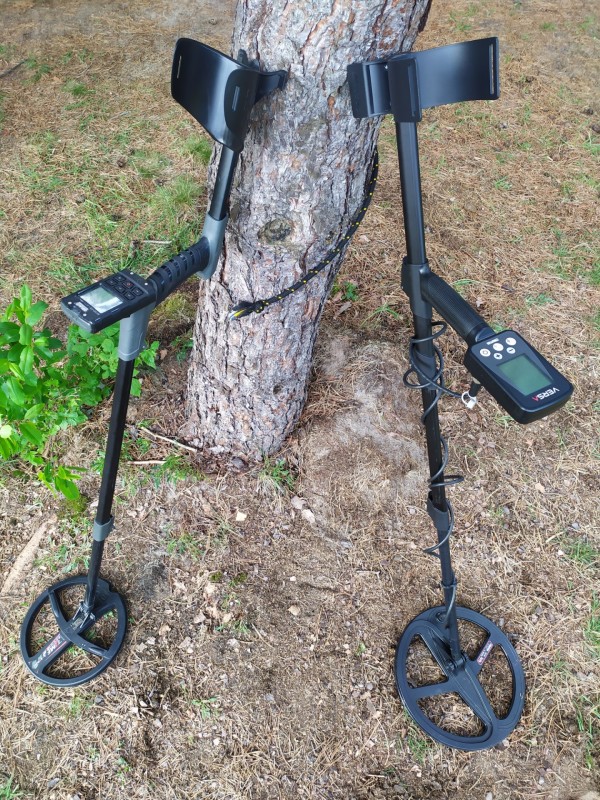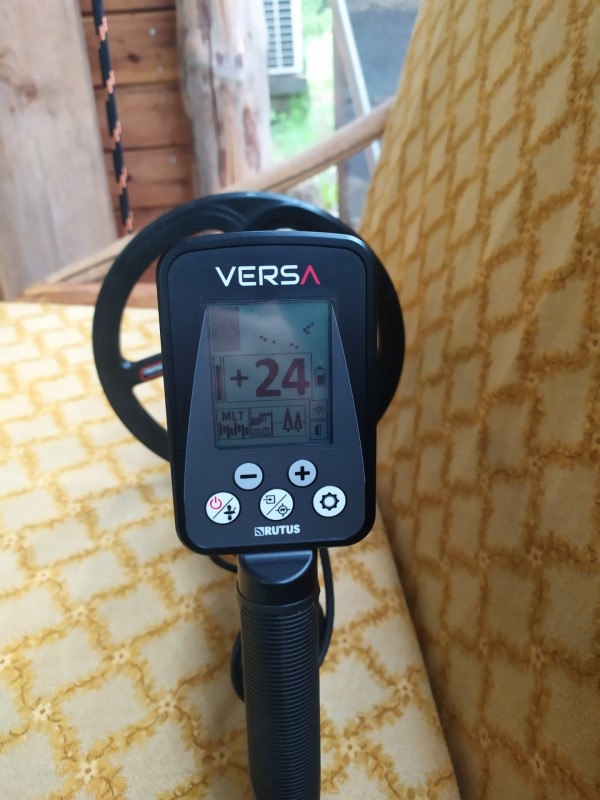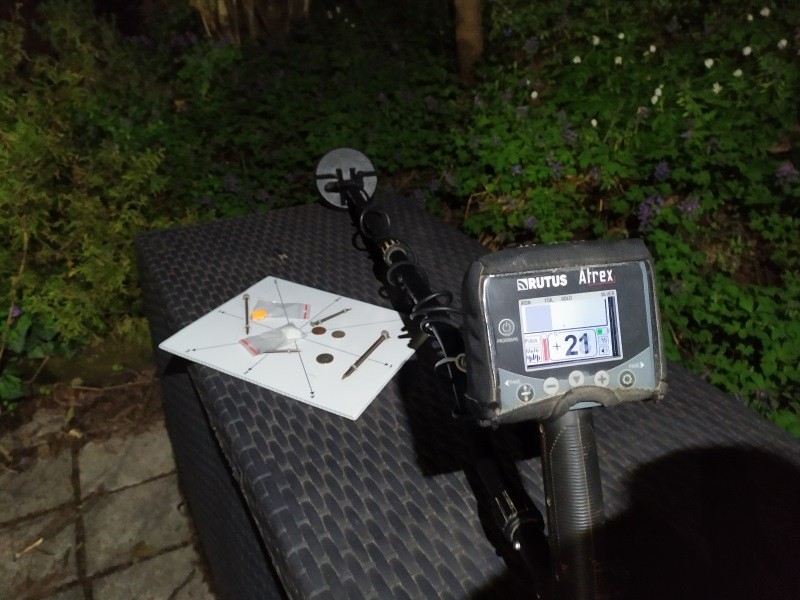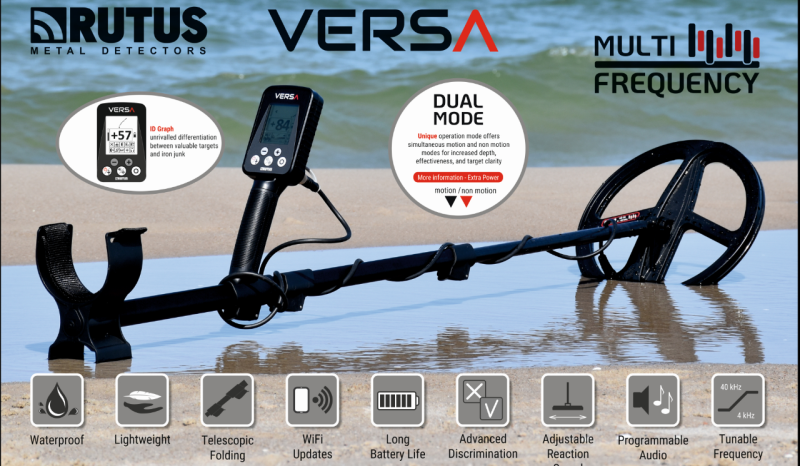-
Posts
1,331 -
Joined
-
Last visited
-
Days Won
1
Content Type
Forums
Detector Prospector Home
Detector Database
Downloads
Everything posted by EL NINO77
-

New Rutus Detector Announced
EL NINO77 replied to xawi29's topic in Metal Detector Advice & Comparisons
I AM curious about your experience with Rutus VERSA... ,,and if you have any questions about the setup, I will be happy to advise them... New settings and improvements are coming to VERSA...so I will be interested in the work of VERSA on American soil...👍 -

For The CTX Users With The 13x17 Coil For Deep Coin Hunting.
EL NINO77 replied to Dan(NM)'s topic in Minelab Metal Detectors
The target of larger coils than the standard 11" ,,, should be the following detection, which has already been detected several times with a standard coil and smaller coils....and in addition to good targets, some ferrous and non-ferrous waste was dug up....and it was also cleaned well from unsolicited signals for the use of a larger coil... so that it works as optimally as possible... and reaches some deeper targets... which are at the limit or beyond the range of a standard coil... As Vladimir says... wet /conductive/, or in hematite soil/iron type/...it can reduce the sensitivity of large coils to small low-conductive targets...I like to compare it to the Effect-mechanism like Monte Performance Nailboard Test ...where iron deposited on a large surface ...can strongly limit and subsequently reduce the VDI of low-conductivity targets with a large coil.. into the iron zone...and in such a situation, a smaller coil works better than a large coil.. And as Bklein says .. the weight of a large coil is greater .. and that is the payment for a greater depth of detection ... and the price can suit everyone ... I believe that in the future even large coils can be significantly lighter - if modern technologies are used, for example in performance sports... Since the CTX 3030 is a bit more stable than the ETRAC... I would also see a larger coil for the CTX 3030 like a 13X17" coil.....maybe something like a ligth 15" round coil ..for coin detection.... -

For The CTX Users With The 13x17 Coil For Deep Coin Hunting.
EL NINO77 replied to Dan(NM)'s topic in Minelab Metal Detectors
ETRAC and CTX 3030 are detectors where by using a larger coil/13"/ you can increase the depth range on coin targets... let's say from the size of 13-14 mm in most types to large coins compared to a 11" standard coil... ...I did a depth test of the CTX 3030 with a large coil with a modified coin program on my test field.. I modified the coin program,,, not only with regard to the good depth of detection, but also to the maximum stability of the ID on deep targets.. The CTX 3030 detector was set to a manual sensitivity of 23... tested targets are: 1. small ..14 mm silver earring at a depth of 20 cm.. 2. small.. 14mm -0.50 gram silver hammered coin at a depth of 23cm.. 3. the deepest target is a 50 euro cent coin at a depth of 37 cm.. ...one thing is also clear... and that... that the big 13x17" coil... brings a depth advantage compared to the standard 11" coil... even on small coins.. Sure, I will continue to work on further improving the CTX setting for deep targets.. ....I did a depth test of the CTX 3030 with a large coil with a modified coin program on my test field.. I modified the coin program,,, not only with regard to the good depth of detection, but also to the maximum stability of the ID on deep targets... in this test, I set the sensitivity to the lowest limit -/19/..at which the CTX 3030 with a large coil... still reliably detects the deepest target - 50 euro cents at a depth of 37 cm... If I were looking for very small targets..around 5-mm, I would use a standard 11" coil..and also focus on choosing the correct most sensitive CTX channel for such targets..from my tests it is channel 11.. -

Manticore Coil Options (m-8, M-9, M-11, M-15)
EL NINO77 replied to Gerry in Idaho's topic in Minelab Manticore Forum
First of all, there is competition from other producers of detectors... whose detectors have round coils of this size - and which guarantee optimal depth *3D separation ... and still maintain a good detection depth for freely placed targets and better resistance to EMI than standard 11 " coil and where another plus will be the smaller weight of the coil and the very good ergonomics of the Manticore detector.. You may remember the times when we asked for a 9" round coil for the Equinox 800 here on the Detector prospector forum... -
With the separation test in the first row, you have to realize...what type of separation is involved....I divide separation into 3 types... ...The first type is a Flat 2D separation test - let's say a Monty performance nailboard type Test where the coin and the nails are placed in one plane... - and the places you meet are places like Ghost Town or even stones on the road ... where coins and keys and other iron are stored shallowly at approximately the same depth. The tested detector must be able to handle 2D separation well...but often a smaller DD or concentric coil will help in this type of separation..the interesting thing is that the tested detector may not be good at 3D deep separation...-but it can be good at 2D separation.. The second type is the 2.5 D separation test, where the coin and the iron are on the surface from the side, but the coin is buried about 5-8 cm deeper... and at the deep ... level of the coin, additional iron can be deposited... In the field, you can very often encounter such a situation, mostly in the rocky terrain of a field or forest....but also in agricultural fields, which are often worn and in demand objects, but also iron in the ground, every time they modify their position, they often change their position... In this test, the detector must handle the 2D separation well...but, among other things, it must also match the 3D separation well...to achieve good results in this test...coils of size 5-9" can prove themselves well in such a separation. The 3rd type of separation is 3D depth separation where the coin is placed at a depth of 10,15,20. cm..and the iron is placed on the surface from the side or even several pieces of iron from several sides above the coin.. This is a typical ancient place where many lived civilizations and coins and iron are stored in different layers of the terrain ..... Only detectors with exceptional 3D depth separation will give really good results here... and such detectors can detect targets 15-20 or more cm deep .... between iron.. It may be a surprise that the best detection coils here are 9"-11"... From my point of view, I do not underestimate any of these 3 types of separation test....and quite the opposite....if the tested detector successfully passes the 2D flat, 2.5D shallow and 3D deep separation test...then I consider this detector to be really successful. .. ...In real detection, the experience of testing that can optimize the detector setting for the best possible separation and correct sweeping with the coil ... will translate relatively quickly to good results in detection in such an environment..v. terrain heavily loaded with iron where good targets are still disguised... In this video, I tested and detected with the detector on an old stone road... with a strongly set discrimination to + 26 so that I completely removed the aluminum foil signal... but still maintained excellent unmasking on very small silver hammered coins that give VDI 35-40... Such a detector setting will allow you to fully concentrate on detecting the desired targets that have the right VDI targets....
-
I have a simple question.....find a VLF detector that can detect 0.1 gram of gold under an ironstone....? And in this case, the VLF detector cannot beat a good PI detector... with a certain type of detection, the PI detector always wins ... ...so everything depends on how high the stones are mineralized....
-

Down To Three Detectors
EL NINO77 replied to Steve Herschbach's topic in Metal Detector Advice & Comparisons
Steve....he did what everyone expects...and kept only 3 detectors that he will use really often... Maybe it will wait for me too... Here I want to tell Steve...not to leave the testing of new detectors aside....His opinion on new detectors is always very important to me...as well as his observations regarding real detection experiences...and results...with such a machine...👍 Steve's ..periodical detectormy guide is always very interesting and up-to-date ...bulletin in which I receive information first-hand...👍 I still stick with all my detectors ... and I'm not getting rid of a single one ... even if some will be used really sporadically ... and maybe more often for testing an interesting detection situation ... and also as a technical encyclopedia of detection technology, which is still at hand....but the truth is that using 3-4 really good detectors is really enough for the time I have now for detection...plus some other new detector /VERSA/which I am testing... ...you want these detectors to bring you the joy of detection... That's the bigger part... of my detectors in the video... maybe 5-6 pieces that are stored differently...- 45 replies
-
- 10
-

-
- dfx vx3 v3i
- minelab equinox
-
(and 1 more)
Tagged with:
-

Recovery Speed And Ground Balance
EL NINO77 replied to mcjtom's topic in Metal Detector Advice & Comparisons
...with the Equinox 800, when the recovery speed is changed, the value of the ground balance will also change...so in more difficult terrains, it's easy to remember it... -

New Rutus Detector Announced
EL NINO77 replied to xawi29's topic in Metal Detector Advice & Comparisons
I like the VERSA very well in practical detection, and I can find new targets in areas covered by other detectors... the first practical test of VERSA was on Multifrequency in the Park program, which is sensitive to low conductive targets.... ....the terrain was heavily traversed by ATREXw hit diferent coils , ORX and Equinox800 detectors... after about an hour of detection, VERSA unmasked the new target... the signal was both-sided, even with controls up to the cros of 90 degrees and good VDI from both sides.. I think that the Spanish Pedro II. hammered silver coin from the year 1185 ... would be the strength of any detectorist ... because in this area it is extremely difficult to find another coin target ... you can find here with luck a small piece of lead or bronze, but even a small coin target is super hard to find here... and unmask in iron.... after about another half hour ..I managed to unmask another very small silver target.. finding two silver targets in 2 hours of detection is a good start... so VERSA in First Detection on Multifrequency met my expectations and found other interesting targets... and my, so to speak, natural but very demanding test field... I will write about my second detection from VERSA..... -

Better Separation (nfd 90)
EL NINO77 replied to ysabxe's topic in Metal Detector Advice & Comparisons
I always believe in the technical possibilities of detectors...when separating in iron...and in addition to the fact that the detector must be separated quickly...to further improve the separation properties, it must also have the possibility of using a high frequency from 30 kHz and higher...so that the separation she has improved significantly... I am giving a small comparison of the new VERSA detector on the 23DD coil in the Monte performance nailboard test on a small 13 mm -1.6gram gold coin.../2 pesos 1945/ - the size and weight of the smallest US dollar type 1853...really demanding target..!!! Testing showed that the use of a 1F high frequency. 40 khz.. /14 points out of 16 max/- significantly improves the separation compared to the position of the 1F frequency 18.4 khz.. /8-9 points.. out of 16 max/ in this type of test.. -

New Rutus Detector Announced
EL NINO77 replied to xawi29's topic in Metal Detector Advice & Comparisons
The day before yesterday, I received the Rutus VERSA...,, the detector is really solidly processed... and ergonomically very well made.... What's also good is that I have both available coils for it - an 11" standard coil and a smaller 23DD coil... so I can do testing and detection on both coils and compare their capabilities to each other... -
Daniel. on Spectra V3i.. you can use 3 things to eliminate Emi... 1. use the Offset Frequency function ..and find the most stable channel of 3Fmultifrequency /or also F1 frequency/.. 2. use TX Bost ON and at the same time reduce the level reduce the RX gain level.*/ rx gain 5-8 max!!!/.. so the detector gains stability in EMI... and at the same time you can also obtain a deep range... even in various mineralized terrain... provided you use the correct high ground filter... I would keep the sensitivity of DS at the level of DS 88 and DS 92 to obtain the best depth of detection.. 3. use band pass type ground filters - these are more resistant to emi.. and 5Hz band, 7.5Hz band, 10 Hz band, or 12.5 Hz band filter. _according to the level of mineralization of the terrain... and also set Modulation of sound ... to a low value up to 3 max ... then the detector does not amplify weak audio signals,, ...a 12.5hz high filter can also be very resistant to EMI, but it is very shallow.../it is good in 2D separation/ One more thing. For fast operation of the detector, set the recovery delay to 25-30.max. in combination with a 10hz band filter or a 12.5hz band filter. max, and the V3i Spectra is fast enough but also deep enough... if you work in mix mode, you can also use a faster SAT...for example on value 15-20 SAT....and the detector will process targets from the static all metal channel faster....
-

What Coils Are Compatible With Spectrum Xlt
EL NINO77 replied to Daniel Tn's topic in White's Metal Detectors
Daniel... there is a simple modification of the XLT... by inserting a capacitor where you can also use coils for DFX/MXT... A colleague has an XLT modified like this... and so he can use both types of coils.... if I manage to find the modification scheme... I will post it here... XLT modification.. The basis of the modification is to place one 0.1 microF capacitor between the green and white cable of the coil connector and activate it with a switch..... So by activating the switch .. you activate the circuit with the capacitor and you can use MXT/DFX coils... And vice versa. with the switch off, you use basic coils for XLT... -

6" Concentric For 24K Finally Available
EL NINO77 replied to phrunt's topic in Garrett Metal Detectors
So I'm glad that Garrett put this 6" concentric coil on sale... for the Goldmaster 24K... especially because it will be easily available here in Europe... I confess... that I've already been several times thumb on the trigger..to buy it .overseas ..from USA...for my Goldmaster 24K....but even there it was not easy with the availability or shipping of this coil.. ...Garrett proves here again....that he is a major player in the detector market..so....thumbs up...for this information...👍 -
Steve is right in that...if Minelab can put on the market a multi-frequency coil similar in size to the Vanquish for a hundred dollars....and the same size coil on the Manticore will cost 350 dollars, the price is quite high.. here you have to realize that the Manticore is a high-end detector... and the accessories will cost more... than for other minelab models... more or less everything will cost as for the CTX303O model... if you are buying a luxury car.... also consider the costs of accessories.... it won't be a big problem for professional detectorists... they will find their own and the coils will be paid for... but ordinary detectorists... I will have to spend a little money on new coils.. everything is relative..... I'm a big fan of additional detector coils... especially if they're reasonably priced..... and now you can guess which of these coils has already found some gold coins and which hasn't...
-

New Rutus Detector Announced
EL NINO77 replied to xawi29's topic in Metal Detector Advice & Comparisons
In a few days I should have the Rutus VERSA for testing... so I will do the tests that interest me... and then I will be able to write more about it... An important element of VERSA testing will also be practical detection on different types of terrain... in Spain... where I will be working for at least 3 months... this year... -

New Rutus Detector Announced
EL NINO77 replied to xawi29's topic in Metal Detector Advice & Comparisons
...Rutus VERSA enables the detector to work in either Multifrequency/4-40 khz/-10 channels or on 1 frequency from 4 to 40khz.. in steps of 0.2khz or 0.6khz.!!! In Rutus *VERSA* of the first channel /1/ static-All metall - Similar to ATREX, you can edit: Strength of *Static channel 1-30..., SAT setting 0-20, VCO setting 0-20, as well as the strength and tone of the Threshold, There are enough settings to adjust the characteristics of the static channel to the type of detection... - which I really use very well... according to my detection style... In the second /2/dynamic channel.. you can adjust the settings: detector sensitivity setting 1-30, discrimination setting-30-0-+90, also notch setting, iron volume 0-20, recovery speed1-8, detector volume 1-30, audio gain-amplification of weak signals/modulation/, Audio number of tones in audio-or audio pitch tone ... -

New Rutus Detector Announced
EL NINO77 replied to xawi29's topic in Metal Detector Advice & Comparisons
According to everything, Rutus VERSA still does not work in Stereo MIXED mode, but it offers independent settings of the Static and Dynamic Detector channels in its various MIX detection programs, even in each of these programs independently. -

New Rutus Detector Announced
EL NINO77 replied to xawi29's topic in Metal Detector Advice & Comparisons
now something about my Rutus VERSA testing.... -

New Rutus Detector Announced
EL NINO77 replied to xawi29's topic in Metal Detector Advice & Comparisons
From my point of view, the tests of the New Rutus VERSA went very well,,, ,,as you can see from the video of the VERSA testing with my colleague SAPER... ....First of all, I should say something to my SAPER colleague.... who is a co-designer and chief tester of Rutus company detectors... SAPER is very well-known - the most famous treasure hunter... in Poland... who has found many beautiful treasures among other things... also of great historical importance... Above all, this person knows... what properties a detector should have in order to best meet the requirements for that type of detection, and such a detector should have the ability to find targets... from small fragments of gold and silver coins... .. to deeply buried treasures stored in ceramic containers, in different types of terrain and conditions. And....That's why SAPER prefers a detector that uses real Allmetal and Mix mode....in combination with maximally good 2D and 3D separation of targets in iron...as well as really good depth of detection,,,, this means that the detector it must be really very universal... and it must have the best possible detector for its detection from a technical point of view that fulfills these characteristics....... And maybe that's why for many years he has been working with the owner and chief designer of RUTUS metal detectors.. with Mr. Arkadius Rutyna.. on the development of new detectors... ......Both are active searchers...using a metal detector,,,and Rutus Alter 71, Atrex and also the new VERSA detector models are the result of their cooperation.. -

New Rutus Detector Announced
EL NINO77 replied to xawi29's topic in Metal Detector Advice & Comparisons
Rutus produces detectors that have excellent detection properties, and can unmask and detect new targets even in heavily pre-detected areas...-as an Atrex tester, I have experienced this many times.. ...and this detector found me other good targets.. ..This detector can also provide correct VDI targets and a plot of the signal on the hodograph graph, which is very helpful in correctly identifying the target ... and Dual mode/mix mode/ works very well when eminating unsolicited targets such as various large iron or aluminum foil because you have a very good idea of the size of the target and the strength of the signal....and the detector will not be fooled by larger ferous targets...like a detector with only one dynamic channel... The advantage of the Rutus is that the detector screen can provide enough information to detect and identify the target... and not just a simple VDI number of the target as in the case of other detectors... and I use THAT very often in my practical detection... and I often prefer this one detector before others... -

New Rutus Detector Announced
EL NINO77 replied to xawi29's topic in Metal Detector Advice & Comparisons
The Rutus VERSA .....looks really good in terms of technical parameters... ,,I'd say excellent.....So we'll see what this detector can do in Terrain...on Monday I'll have the opportunity to test this detector..and compare it...for example with my really good..detectors that I have...👍 But now I think it's the detector... that many detectorists have been waiting for... - waterproof multi-frequency detector with static and pseudo-static mode / All metal / with tone identification + possibility of Mix mode... which predicts excellent depth parameters... even in really difficult terrains... with fast separation in iron, and in addition to VDI, the graphic display of the target signal/hodograph/ gives an idea of the great potential of this detector in practical detection... The low weight and compact dimensions of the detector also meet the standards... Upgrading the software of the detector with the help of Wifi gives the possibility to upgrade the software of the Rutus VERSA detector directly in the field and with the help of a mobile phone or laptop... As a tester of its predecessor /Rutus Atrex/ and testing of various software.. I know something about it .. and it is an outstanding feature.. which can keep and keep the detector current even in the future....!!! ....Furthermore, I think that Rutus VERSA is a detector that will really compete for a place in popularity on the worldwide detector market..... -

What Difference Does 1khz Have On The Equinox From 5khz To 4khz?
EL NINO77 replied to RickUK's topic in Minelab Equinox Forum
I think it's visible,, in this test...,,where the 4khz setting works best on a 1 silver dollar coin... The tests were done by my colleague Jack... on his test field.. -

Using A Ctx3030 Like A Mono Frequency...
EL NINO77 replied to Skull diver's topic in Metal Detecting For Jewelry
I made a short video of the sensitivity and range test of the CTX 3030 on a small low-conductivity target 1/24.. at a depth of 7.5 cm .. on multi-frequency channels 11-10-1... The test was done on the sensitivity of the detector 21...to see the difference in range in this test... with CTX 3030 ... channel 11 gives the best signal, channel 10 gives a slightly weaker signal,,, but channel 1 no longer gives any signal to this small target at a depth of 7.5 cm... this can indicate... how we can influence the detection results by using a different multifrequency channel in the CTX 3030 or in the Etrac..- 16 replies
-
- 4
-

-

-
- minelab ctx 3030
- underwater detectors
-
(and 1 more)
Tagged with:

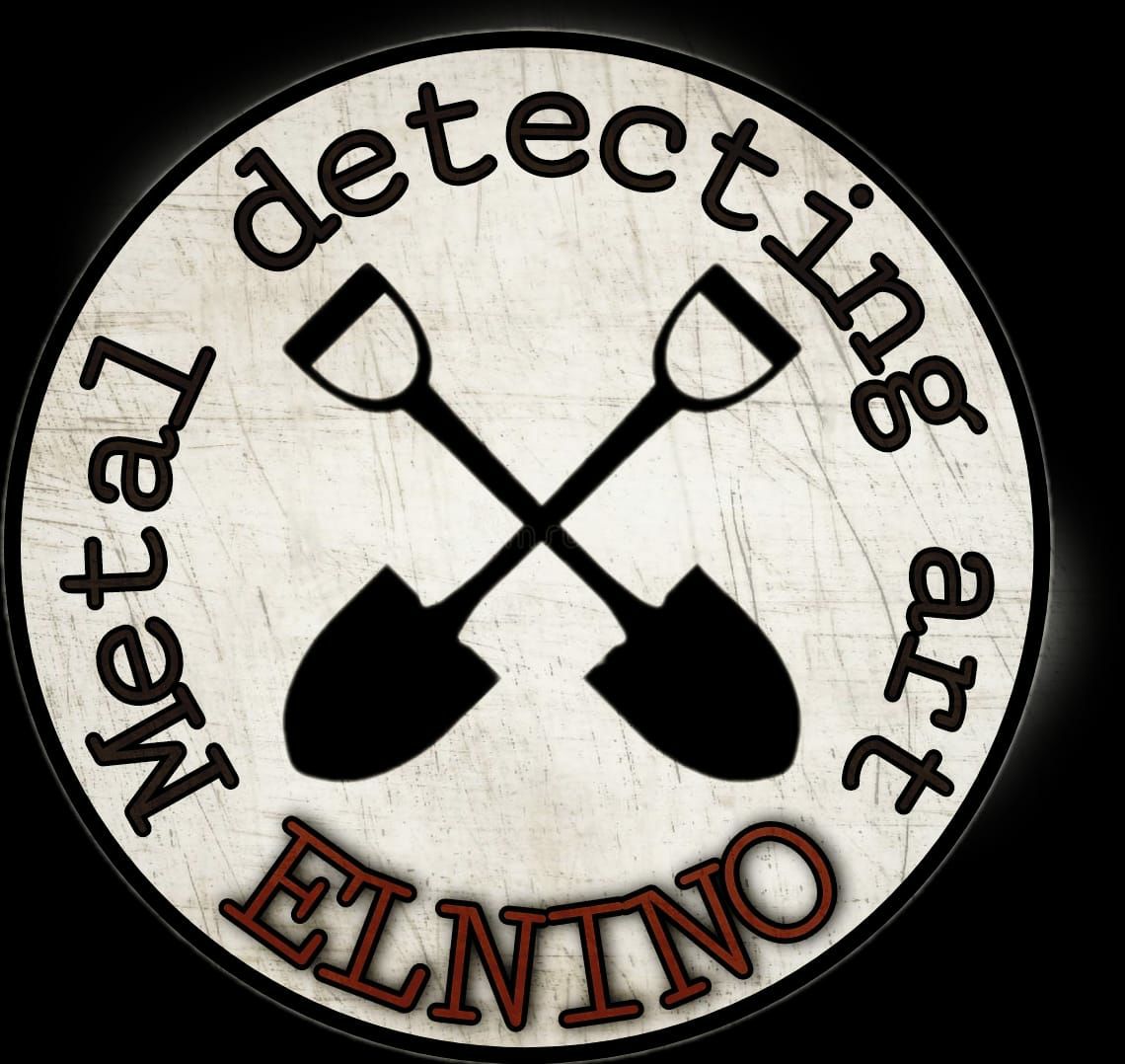
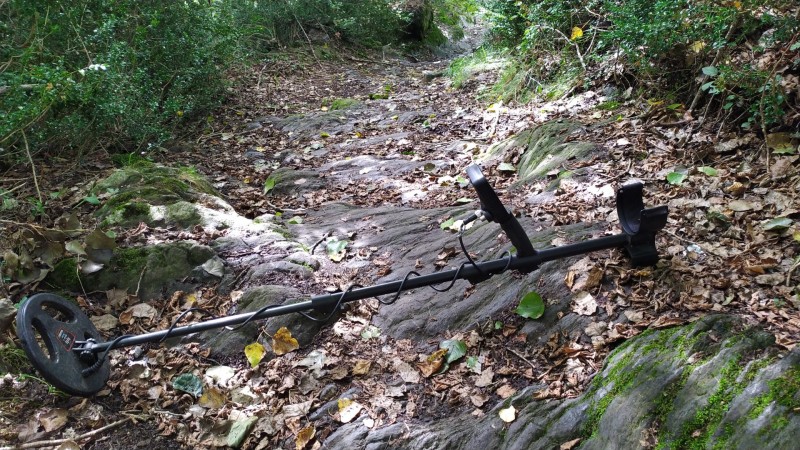
.thumb.jpg.d0bd3304d768c706b8b71316d6314fcd.jpg)
